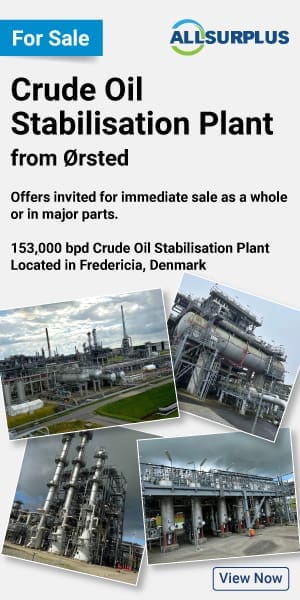With Voodin Blade Technology’s laminated veneer lumber blades, wind turbines can produce up to 78 percent fewer CO2 emissions, and production costs can decrease by up to 20 percent compared to current solutions. This solves the last hurdle of making wind energy truly sustainable.
German wooden wind turbine blade manufacturer Voodin Blade Technology in May announced the world’s first prototype installation of its 19.3-meter wooden wind turbine blades. The blades are installed on an existing wind turbine in Breuna, Germany. Using laminated veneer lumber (LVL) as a material is more sustainable than current materials and enables noticeably better recycling of decommissioned blades, a high level of automation – which is not possible with current materials – and more flexibility.
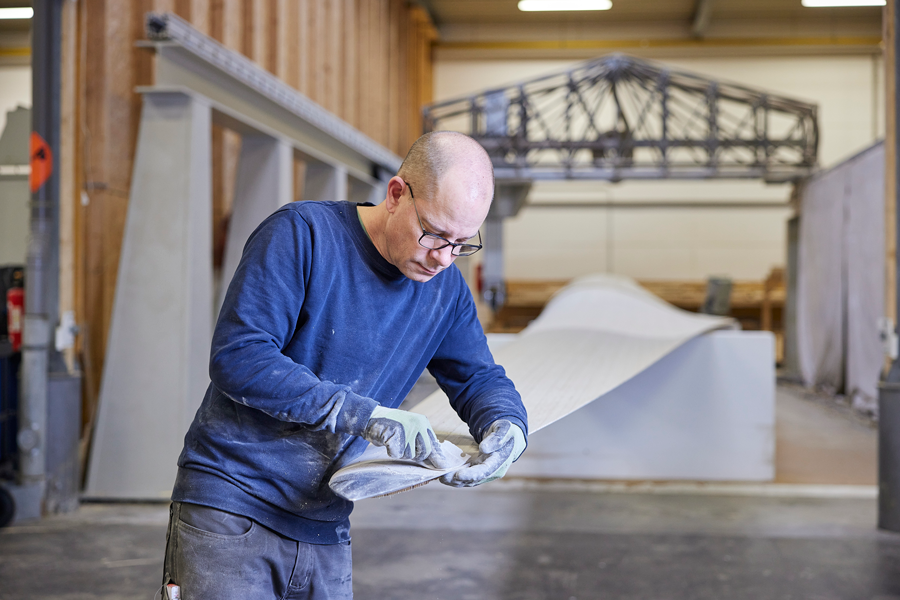
Wind energy is a renewable and sustainable energy source, but there are still hurdles to solve to make it as sustainable as possible. Wind energy is growing at a fast pace, and it plays a key role in helping countries avoid fossil-based energy. However, while up to 90 percent of wind turbines are recyclable, the blades are currently not. Today, wind turbine blades are made of fiberglass and carbon fiber bound together with epoxy resin, a material that is difficult and expensive to break down.
The usual life cycle of wind turbine blades is 20 to 25 years. As the first generation of blades approaches the end of their commissioning life, new, more sustainable turbine blade solutions are needed to ensure sustainable wind energy production in the future.
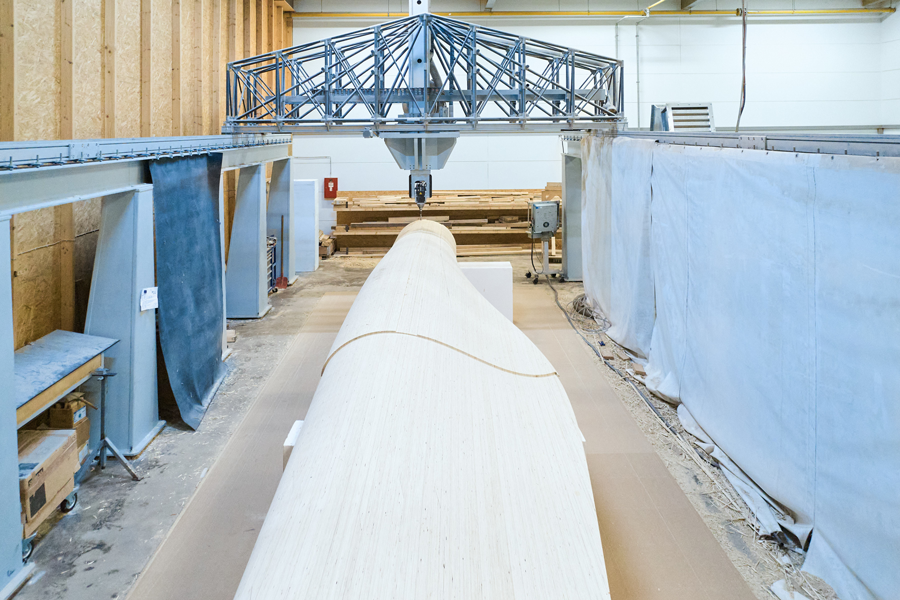
Voodin Blade Technology’s wooden wind turbine blades are made of LVL. Wood is a much more sustainable raw material than the currently used composite materials. The fiberglass and epoxy resin cannot be reused, meaning the material will go to waste after the blade is decommissioned.
“At the end of their lifecycle, most blades are buried in the ground or incinerated. This means that, at this pace, we will end up with 50 million tonnes of blade material waste by 2050. With our solution, we want to help green energy truly become as green as possible,” says Tom Siekmann, CEO at Voodin Blade Technology.
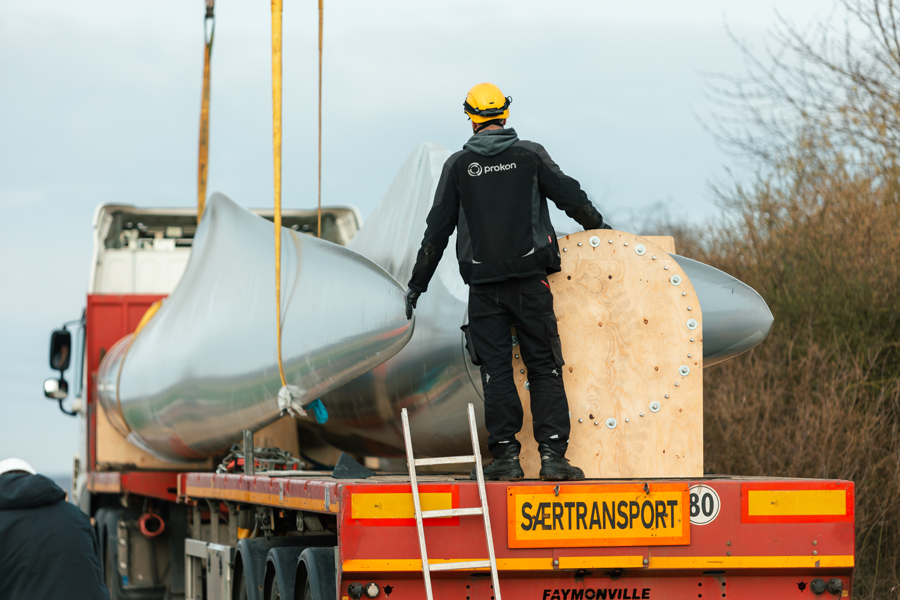
Voodin Blade Technology uses CNC milling machines that are particularly effective in creating complex 3D shapes. This allows for a high level of automation, as no mold is needed in the manufacturing plants. The CNC milling also enables more flexibility because the technology can be used for manufacturing any type of blade.
By increasing the level of automation, the need for labor decreases. As a result, manufacturing does not need to be done in countries with lower labor costs, where it is currently often done. This then means that production is also possible closer to the wind farms, allowing transportation costs and emissions caused by transportation to be reduced.

Wood, and especially LVL, is highly durable materials; even more durable than the currently used composite materials. Through intricate laboratory testing, Voodin Blade Technology has ensured that the material will thrive in even the toughest conditions of onshore wind energy production which takes up approximately 85 percent of the current wind energy sector.
“We have conducted hundreds of laboratory tests during the past two years to perfect the blade material. According to all our tests, our blades are even more durable than the existing fiberglass blades, as they show fewer fatigue characteristics and are proven to endure all kinds of onshore weather conditions extremely well,” explains Jorge Castillo, cofounder at Voodin Blade Technology.
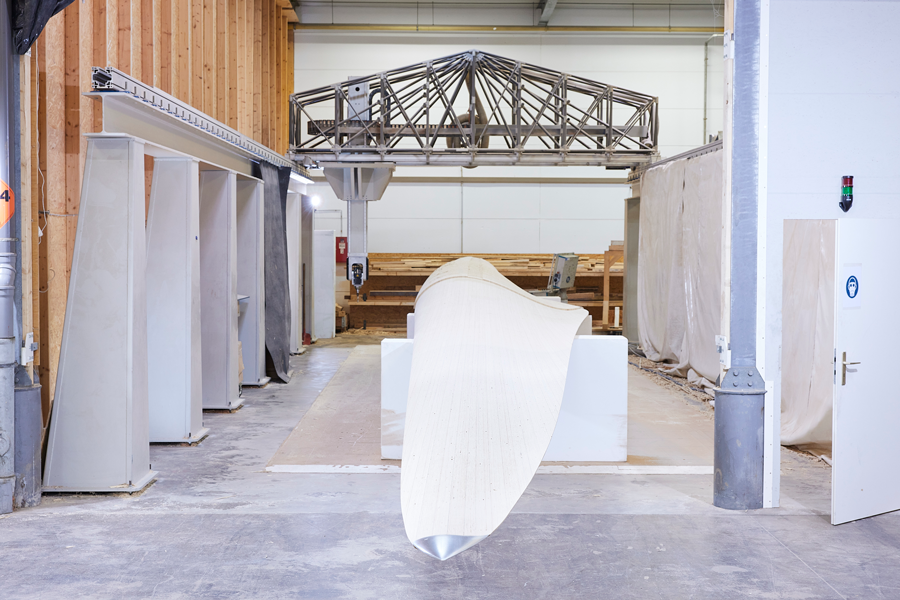
The first prototype blades have been installed on an existing wind turbine in Breuna, Germany, near the city of Kassel. The company is building new prototypes, including bigger 60-meter and 80-meter blades, as a next step.
For more information, visit Voodin Blade Technology GmbH.





